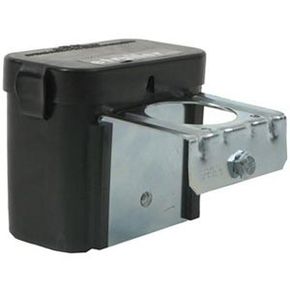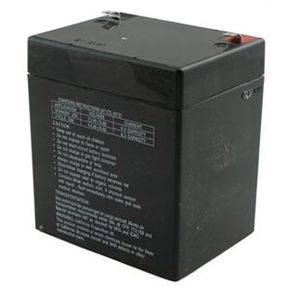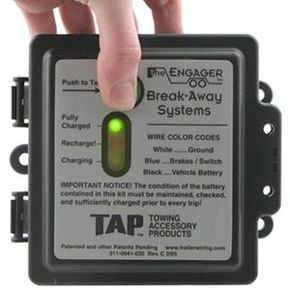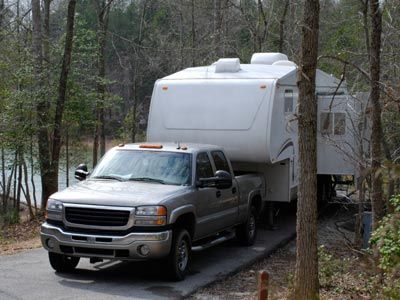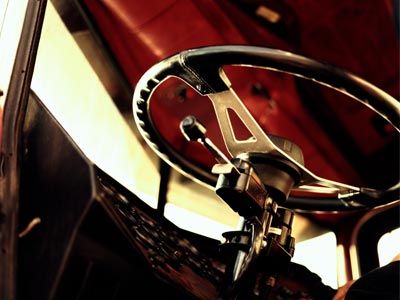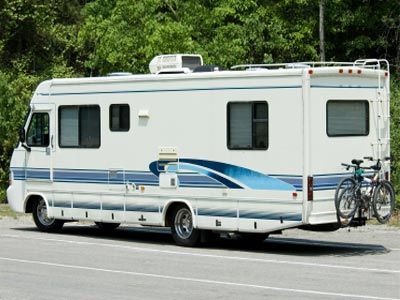In train robbery films, there's almost always a scene where the group of thieves unhitch the car with the loot in it and divert it to a safe, secure spot. In this scenario, the crime ring has control of where the car will end up -- at least, until the good guys get there to reclaim it.
When you're driving a tow vehicle and pulling hundreds or even thousands of pounds behind you, robbers might not be your worst fear. A loose trailer, however, may be something to worry about, especially if there's no one to guide or stop it.
Advertisement
Of the many potential hazards that come with a towing trip, a breakaway may be the scariest and most precarious. While drivers can correct certain conditions like trailer sway, for example, a breakaway will leave you with absolutely no control over the vehicle you formerly were towing. Once a trailer or boat separates from the tow vehicle, unless it's equipped with a functional breakaway kit, the trailer will continue moving forward until it either loses momentum and slows down or hits something else. Breakaway kits aren't just something to consider as an option -- many states require them because of the security they add to towed vehicles.
What types of breakaway kits are available? What should you look for in one? And can you install the kit yourself, or should you have a professional take care of it?
Advertisement
